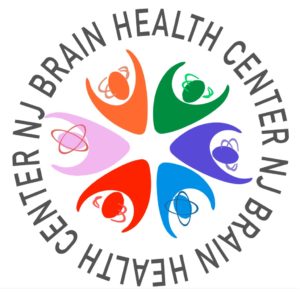Lewy Body Dementia
Lewy body dementia (LBD) is a progressive form of dementia caused by abnormal deposits of a protein called alpha-synuclein in the brain. These deposits, known as Lewy bodies, disrupt normal brain function and affect cognitive abilities, movement, behavior, and mood. LBD is one of the most common types of dementia and is closely related to Parkinson’s disease. Early diagnosis and treatment can help manage symptoms and improve quality of life.
There are two main types of Lewy body dementia:
- Dementia with Lewy Bodies (DLB): Cognitive symptoms, such as memory and problem-solving difficulties, appear first, followed by movement-related symptoms similar to Parkinson’s disease.
- Parkinson’s Disease Dementia (PDD): In this type, Parkinson’s motor symptoms, such as tremors or stiffness, develop first, and dementia symptoms appear later.
Both types share similar symptoms, but their progression differs.
Lewy body dementia symptoms can vary but often include:
- Cognitive Symptoms:
- Fluctuating attention and alertness (e.g., episodes of confusion that come and go).
- Memory loss, particularly in later stages.
- Difficulty with problem-solving and reasoning.
- Movement Symptoms:
- Stiffness, tremors, or shuffling gait similar to Parkinson’s disease.
- Slower movement and reduced coordination.
- Visual Hallucinations: Seeing things that aren’t there, often vividly and early in the disease.
- Sleep Disorders: Acting out dreams (REM sleep behavior disorder) or excessive daytime sleepiness.
- Mood and Behavior Changes: Depression, anxiety, apathy, or paranoia.
Symptoms can overlap with other conditions, making diagnosis challenging.
- Cognitive Symptoms:
Diagnosing Lewy body dementia involves a comprehensive approach:
- Medical History: Reviewing cognitive and motor symptoms, as well as family history.
- Neurological Exam: Assessing movement, reflexes, and coordination.
- Cognitive Testing: Evaluating attention, memory, and problem-solving skills.
- Imaging Studies: MRI or CT scans can rule out other conditions, while PET scans may detect reduced brain activity in specific areas.
- Sleep Studies: To identify REM sleep behavior disorder, a hallmark of LBD.
This thorough process ensures an accurate diagnosis, which is key to effective treatment.
While there’s no cure for Lewy body dementia, treatments focus on managing symptoms and improving quality of life:
- Medications:
- Cholinesterase inhibitors to improve cognitive and behavioral symptoms.
- Parkinson’s medications for movement difficulties, though they must be used cautiously to avoid worsening hallucinations.
- Antidepressants or antipsychotics (only specific types, as some can worsen symptoms).
- Physical and Occupational Therapy: To improve movement, balance, and daily function.
- Cognitive Stimulation: Activities that engage memory and problem-solving skills.
- Sleep Management: Addressing REM sleep behavior disorder with medications or sleep hygiene strategies.
- Supportive Care: Counseling, education, and support groups for individuals and caregivers.
A multidisciplinary approach tailored to the individual’s symptoms and needs can significantly enhance quality of life for those living with LBD.
- Medications:
